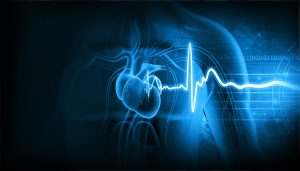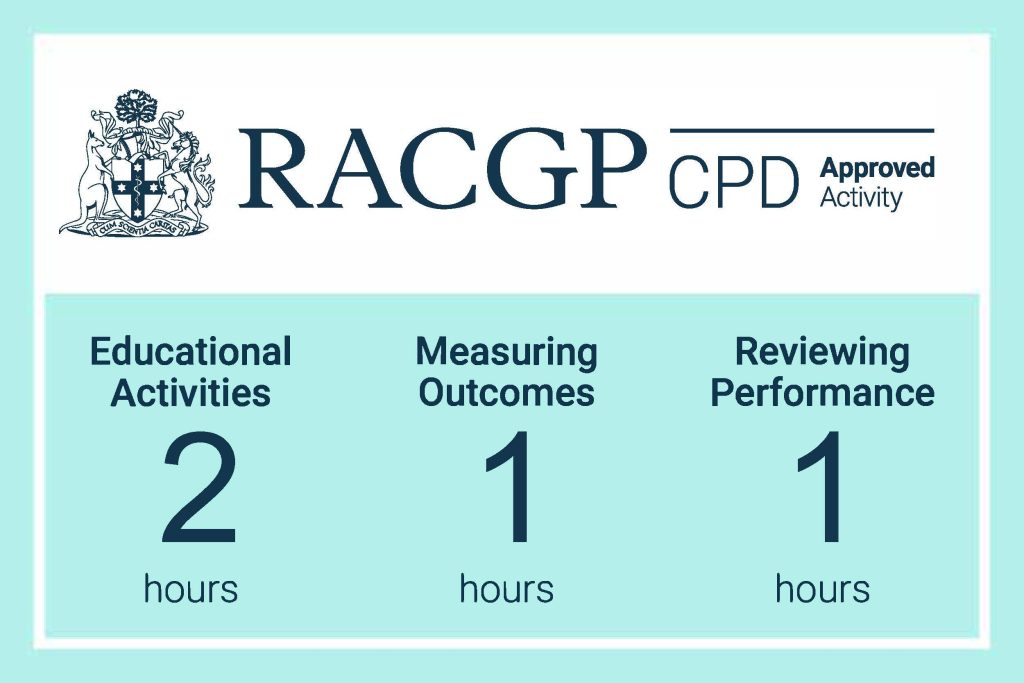Articles / Leading stroke physician answers your questions


writer
Neurologist; Head, Neurology and Stroke, Royal Melbourne Hospital; Professor of Neurology, Department of Medicine, Royal Melbourne Hospital
In general, the answer is no. Like everything in medicine, you can never say never. The type of stroke that can cause loss of consciousness is basilar artery occlusion. Isolated loss of consciousness with no focal neurology before or after is exceedingly unlikely to be a vascular event. With basilar artery occlusion you will often have some vertigo, nausea, diplopia, numbness, weakness, dysarthria, dysphagia. Those sorts of symptoms will generally precede a loss of consciousness or at least be present on recovery of consciousness. So, the short answer is, if someone has lost consciousness, look elsewhere.
Seizures certainly can mimic stroke through what is called Todd’s paresis, where you have a focal seizure then afterwards you have a deficit referrable to the area where that seizure arose. So, if you have had a motor seizure you can have weakness, if you have had a seizure around the speech area you can have aphasia.
Seizures usually have positive symptoms, as in jerking or something other than just pure loss of function, but if you are dealing with someone who has not had a witness to the event and you only catch them afterwards it is very difficult clinically to distinguish a Todd’s paresis from a stroke. One of the things we look for is which way the eyes are looking. During a seizure, eyes tend to deviate towards the side of the body affected by the seizure, whereas in your typical right hemisphere stroke with left hemiparesis, the gaze will be deviated towards the right-hand side of the body, away from the deficit.
This is a really common cause of referral and the first question I always ask is, “is it actually a lacunar stroke?” Because there are things called perivascular spaces which are a normal variant and they tend to occur around the basal ganglia region, where lacunar strokes also occur. On a CT it can be very difficult to know whether this is actually a lacunar stroke or a perivascular space and I often end up getting an MRI. On MRI, particularly the FLAIR sequence, you can see some scarring – some gliosis or T2 hyperintensity around the cavity – that tells you that it is actually a lacunar stroke and not just a simple perivascular space which many people have. It is good to then tell the patient that they have a perivascular space and the next time someone does a CT they might get concerned that they have had a stroke and you can reassure them, if it is the same thing that was seen before, that this is just a perivascular space.
Now, if it is actually a lacunar stroke, this is a difficult problem because most of these are asymptomatic and, even with a detailed history, you cannot pin down when it might have occurred. What we often end up doing is putting the patient on aspirin and addressing their vascular risk factors, so looking at whether they need a statin, blood pressure control and all those things that are important anyway.
The question is then how far you chase other investigations – Holter monitors, transthoracic echocardiograms etc. – and that is really an individualised decision. In a young patient who does not have risk factors for small vessel disease, i.e. high blood pressure, diabetes, smoking etc, then I might go looking for a patent foramen ovale. As you would be aware, one in four of us have a patent foramen ovale and you can end up with a lot of incidental findings and then wondering what to do about them.
So I cannot give you a one size fits all answer, but the simple thing is to first check that it is actually a lacunar stroke and not a perivascular space, and then do a simple vascular risk factor assessment to make sure they are not hypertensive, diabetic, or dyslipidaemic, that they are not smoking and probably get aspirin and a statin on board.
Most cardiology practices can do a transthoracic echocardiogram with a bubble study where you shake up some saline and inject it intravenously whilst the patient performs a Valsalva manoeuvre. That is pretty sensitive for a PFO. If someone has a PFO and a definite stroke then, under the age of 60, we would generally arrange percutaneous closure.
Now there are some nuances around the type of stroke the patient has had. These lacunar strokes deep down in the brain are less likely to be embolic in aetiology and, if someone has other vascular risk factors, what we have to weigh up is “How likely is it that the PFO is related to the stroke?”
Acknowledging that one in four of us have one, there is a lot of bystander PFO, so a stroke neurologist is going to be well placed to balance that risk and benefit and counsel the patient. The cardiologist can advise on the technical aspects and risks but it would be reasonable to consult a neurologist in the first instance to think about whether the PFO is really related to the stroke.
Haemorrhage is responsible for about 15% of all strokes in Australia. In parts of the world like western China it gets up to around 40%, which is related to epidemiology and genetics, but most of our strokes in Australia are ischaemic. As clever as we like to be clinically, you cannot reliably differentiate a haemorrhage from an infarct on clinical grounds. You need a CT scan.
The kind of clinical features that make you suspicious that the patient has a haemorrhage are a progressive reduction in conscious state, a lot of nausea and vomiting, and exceedingly high blood pressure, but none of these things are specific to haemorrhage so you do need a CT scan to differentiate them.
We generally just go with the term thromboembolic. In most cases, the clot comes from a large artery in the neck or from the heart and then blocks the artery in the brain. About 25-30% of strokes are related to atrial fibrillation. It is a huge cause of stroke and probably a decent proportion of what we call cryptogenic stroke, where we have not found a cause, are also due to occult atrial fibrillation— so one of the key messages is to look hard for atrial fibrillation and then to keep looking for atrial fibrillation (AF) in the coming months and years.
The sensitivity of a 24-hour Holter monitor is really poor for AF and unfortunately, in Australia, implantable loop recorders are not readily available unless you have private health insurance. If it is an option for your patients then an implantable loop recorder is the gold standard for detecting AF in someone who has had a stroke of undetermined cause.
Carotid atherosclerosis is still a big cause of stroke, more common in people with high cholesterol, smoking, high blood pressure — all the standard atherosclerotic risk factors. You can assess that with a carotid ultrasound – or in hospital we tend to do a CT angiogram because it tells us not just about the small section of carotid you see on ultrasound, but the entire aortic arch through to the cerebral vertex. You can see aortic arch atheroma, atherosclerotic and non-atherosclerotic pathologies in the neck like dissection, webs etc, and you can also see intracranial atherosclerosis which is probably under-recognised in Australia. Intracranial atherosclerosis is not just a problem in Asia. We have about a 10-12% prevalence of intracranial atherosclerosis in Anglo-Saxon populations and obviously we have a very multicultural population in Australia so we see it a lot, particularly now that we do CT angiography. Previously it just was not visualised.

Multiple Sclerosis vs Antibody Disease – What GPs Need to Know

Using SGLT2 to Reduce Cardiovascular Death in T2D – Important Updates for GPs

Menopause and MHT: Maximising Benefits & Minimising Risks

Peripheral Arterial Disease

writer
Neurologist; Head, Neurology and Stroke, Royal Melbourne Hospital; Professor of Neurology, Department of Medicine, Royal Melbourne Hospital

Yes
No
Listen to expert interviews.
Click to open in a new tab
Browse the latest articles from Healthed.
Once you confirm you’ve read this article you can complete a Patient Case Review to earn 0.5 hours CPD in the Reviewing Performance (RP) category.
Select ‘Confirm & learn‘ when you have read this article in its entirety and you will be taken to begin your Patient Case Review.
Menopause and MHT
Multiple sclerosis vs antibody disease
Using SGLT2 to reduce cardiovascular death in T2D
Peripheral arterial disease
